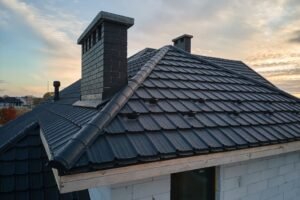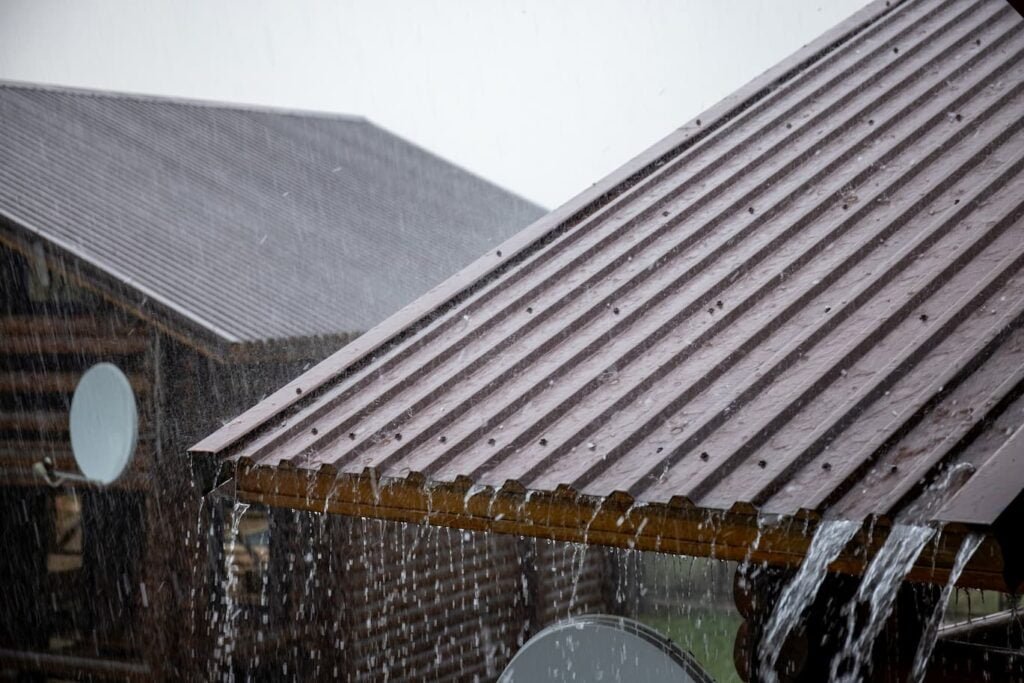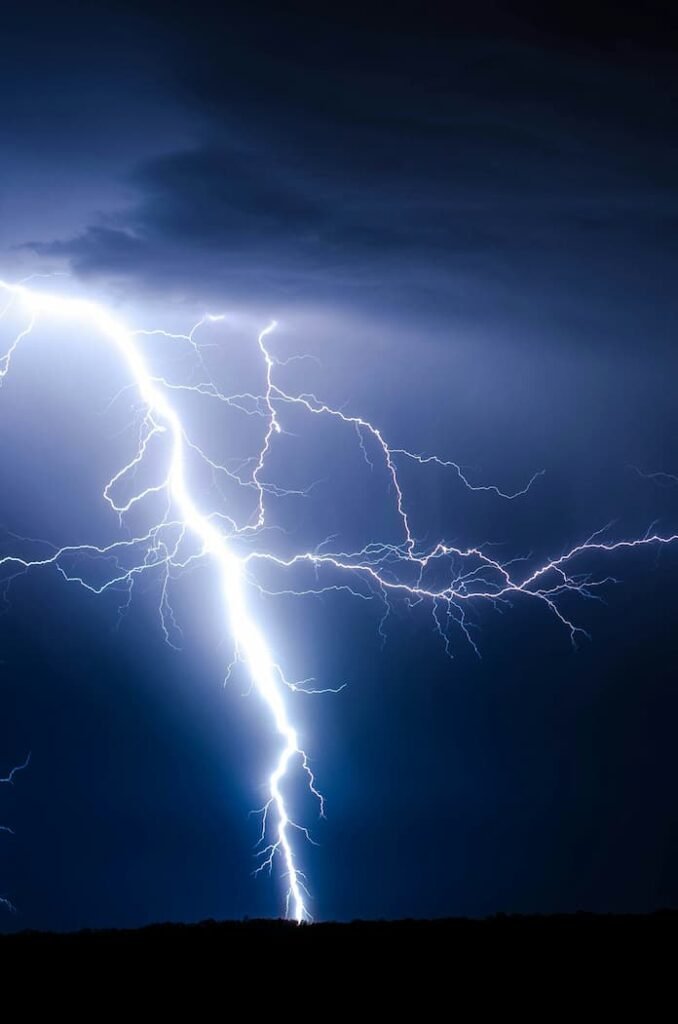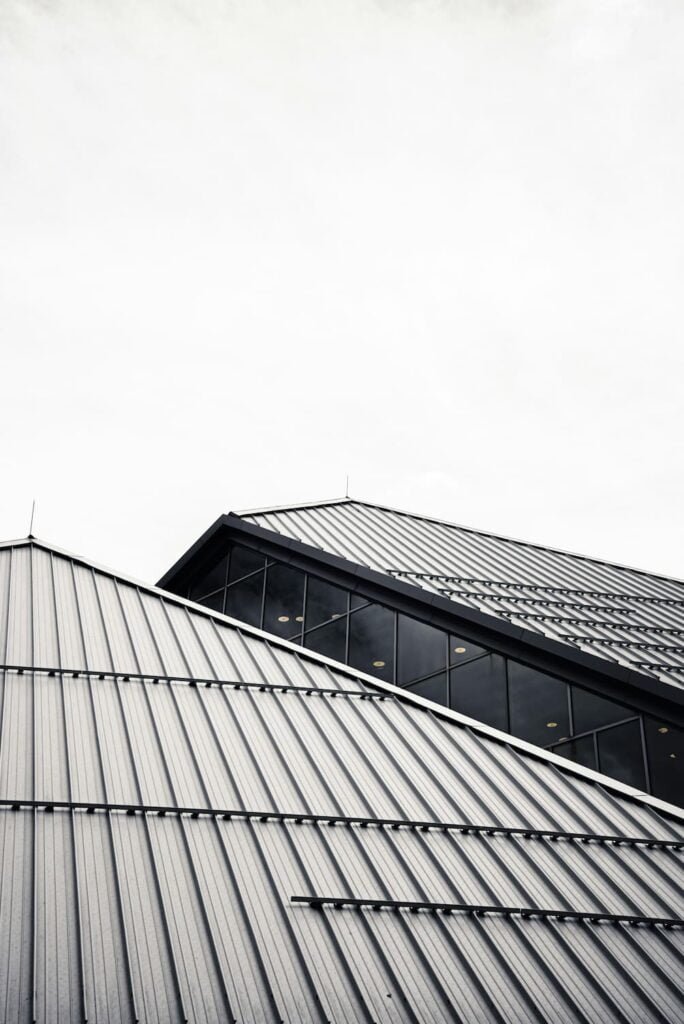

In the ever-evolving landscape of home improvement and construction, metal roofing has surged in popularity, challenging traditional roofing materials like asphalt shingles, clay tiles, and wood shakes. Despite its growing adoption, several myths surround metal roofing, often deterring homeowners from considering it as a viable option. Today, we’re dispelling some of the most common misconceptions about metal roofing, contrasting myths with facts to provide clarity and insight.
One of the most pervasive myths about metal roofing is that it amplifies the sound of rain, creating a noisy interior environment. In reality, metal roofs installed over a solid substrate and properly insulated are as quiet as other roofing materials, if not quieter. The combination of the roof’s structure, insulation, and the attic space acts as a sound barrier, effectively reducing noise transmission. Homeowners who have switched to metal roofing often report no significant difference in noise levels compared to their previous roofs.

This myth taps into a basic misunderstanding of how lightning behaves. While it’s true that metal conducts electricity, lightning does not specifically target metal roofs any more than it does other materials. Lightning seeks the path of least resistance to the ground, striking the tallest object in an area regardless of its composition. Metal roofs, when struck, can actually disperse the electrical charge more effectively and are non-combustible, reducing the risk of fire. Installing a lightning protection system is always a wise precaution for any structure, irrespective of the roofing material.
The initial cost of metal roofing is indeed higher than that of some traditional materials. However, considering the long-term perspective radically changes the cost equation. Metal roofs boast a lifespan of 40-70 years, significantly outlasting asphalt roofs (which may require replacement every 15-20 years). The durability of metal roofs means fewer replacements, repairs, and maintenance. Additionally, metal roofing can lead to energy savings by reflecting solar radiant heat, which can reduce cooling costs by 10-25%. When you factor in the potential increase in property value and the recyclability of metal roofing, the initial investment becomes an economically sound choice.

Today’s metal roofing comes in a wide array of styles, colours, and finishes, making it a versatile choice for virtually any type of home, from contemporary to traditional. Innovations in metal roofing design have produced products that mimic the look of tiles, shingles, and even wood shakes, ensuring homeowners do not have to compromise on aesthetics to enjoy the benefits of metal roofing.
Modern metal roofs are engineered to resist rust and corrosion, ensuring longevity and aesthetic appeal. Materials like galvanized steel and aluminium are treated with protective coatings that prevent rust. Additionally, high-quality paint systems provide further protection against the elements, including UV rays, rain, and snow. With proper installation and minimal maintenance, metal roofs can retain their appearance and functionality for decades.
The decision to opt for metal roofing should be informed by facts rather than myths. As we’ve explored, the common misconceptions about noise levels, lightning risks, cost implications, architectural suitability, and durability do not hold up under scrutiny. Metal roofing offers a sustainable, durable, and versatile option for homeowners seeking long-term value and performance. By dispelling these myths, we hope more individuals will consider metal roofing as a viable and advantageous choice for their homes.


